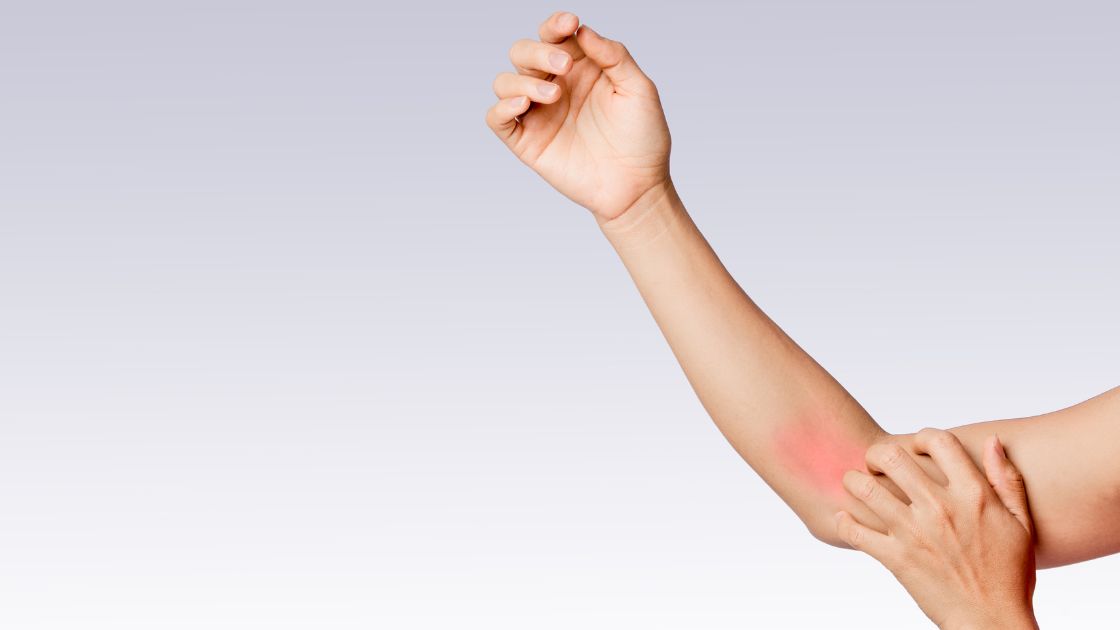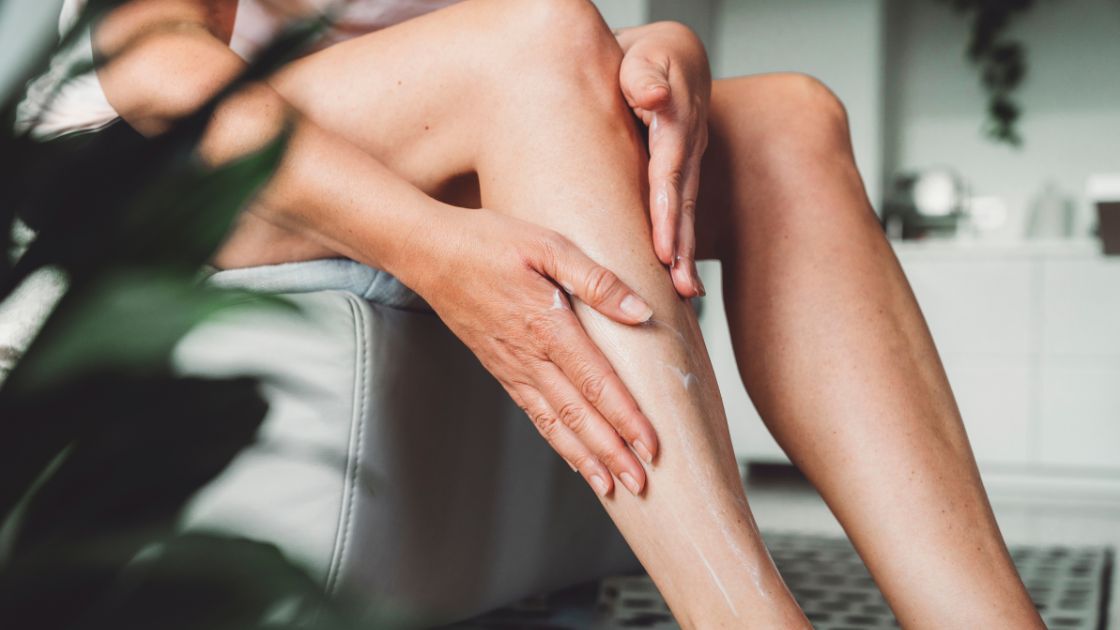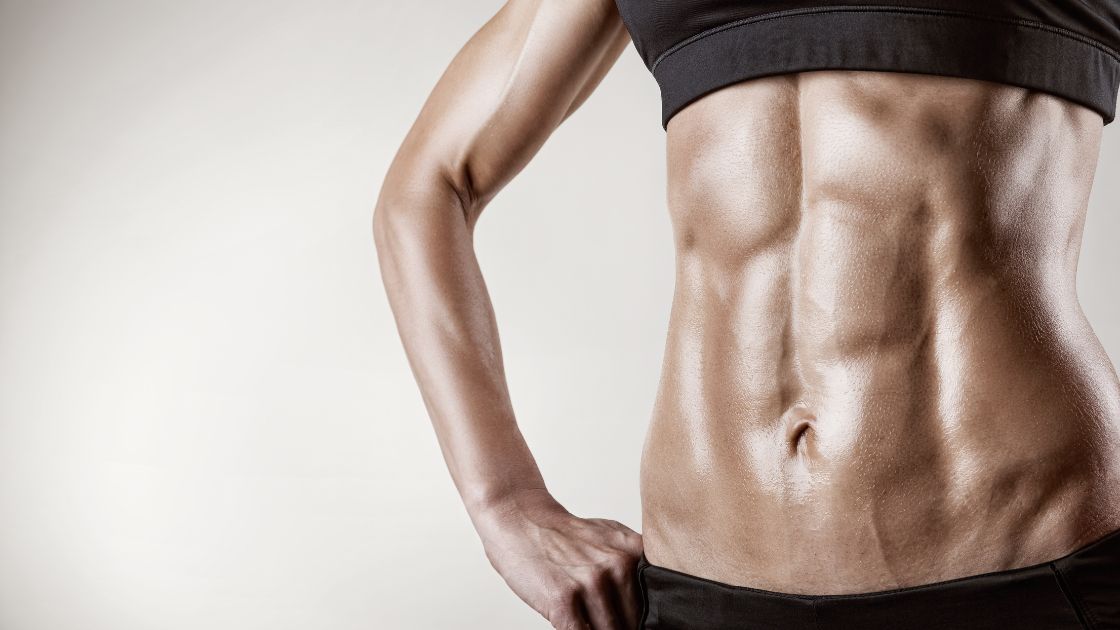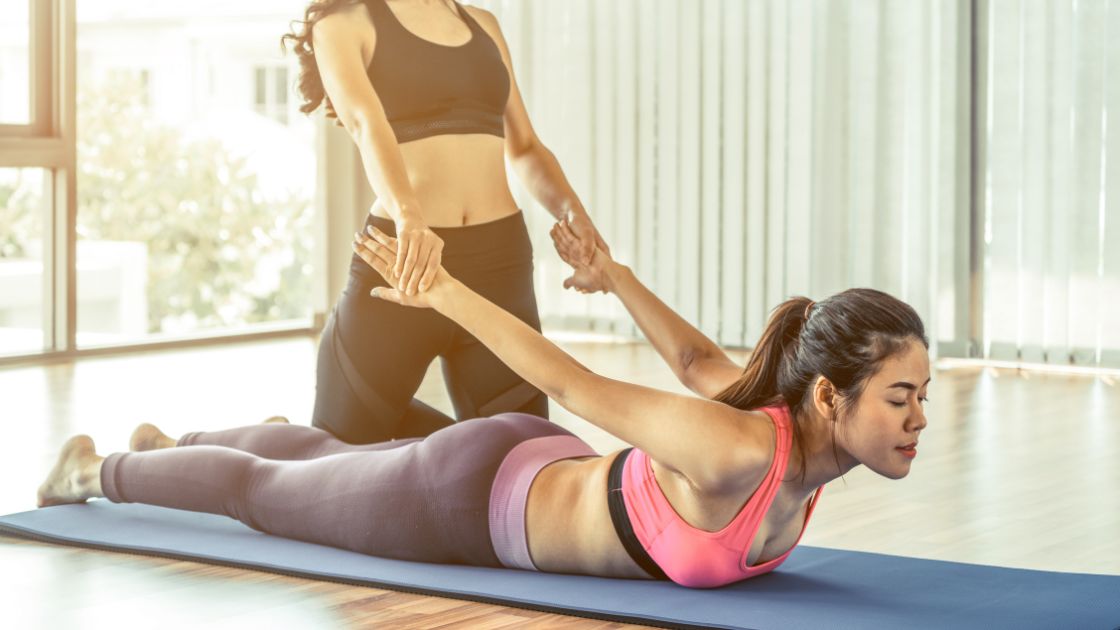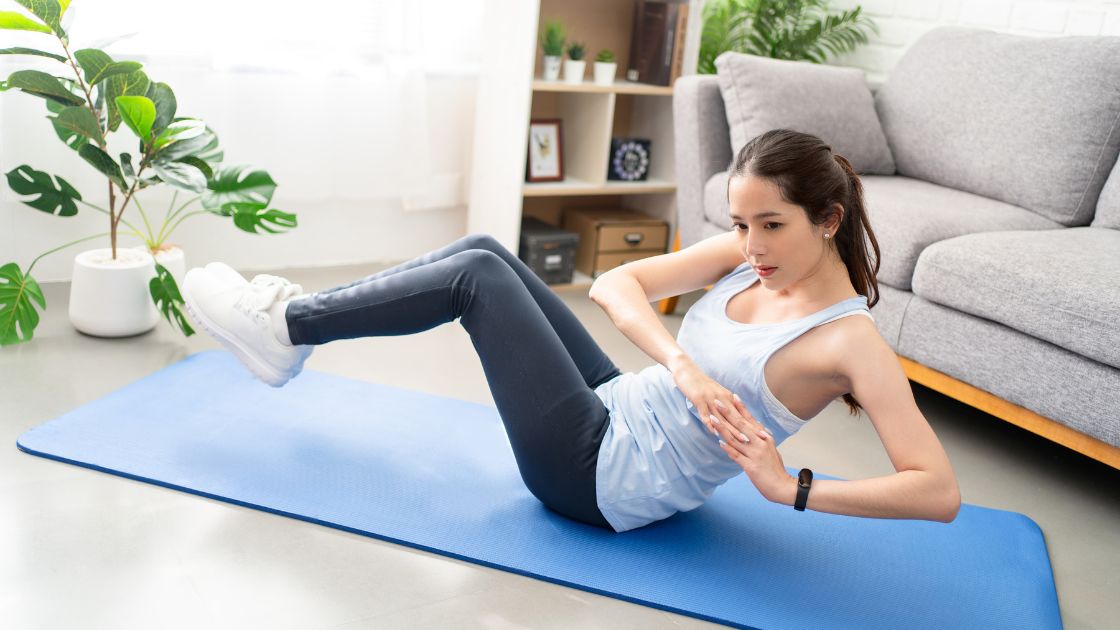Essentials of Fitness Part 4: Balance
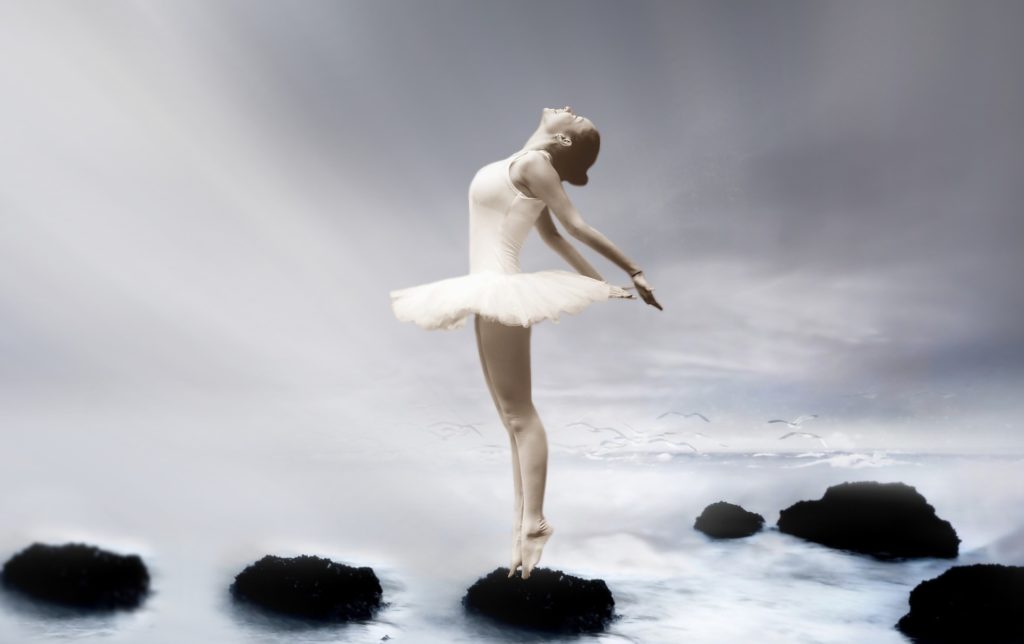
This is the final article of my Essentials of Fitness quadrilogy. In the previous article, we talked about one of the less talked-about aspects of fitness; which would be the flexibility aspect. Alongside flexibility, balance is the other category of fitness that doesn’t get as much attention as cardiovascular exercise and strength training.
The Four Aspects of Fitness
As previously mentioned, there are four different aspects of fitness: strength, cardio, flexibility, and balance. A well-rounded fitness routine should address of all four categories; not just one! All of the aspects of fitness complement and improve one another, which is what makes their combined power so vital to your health! This was discussed about more in our article, Your Own Monthly Fitness Challenge, check it out if you want to know just how they help each other out!
Today, we’re going to focus on the balance aspect of fitness. What is it and why is it so important to your overall health?
What is Balance?
We all have a general idea of what balance is, but it’s a difficult one to define. It’s basically a phenomenon that enables you to hold yourself upright. If you have reasonably stable balance, you’re probably good at not falling over.
While often ignored, this aspect of fitness is an important one. It gives us a good sense of proprioception, which is the awareness of one’s bodily position. This awareness is what allows you to recognize your own position in relation to your physical surroundings. The ground you’re standing on right now is an example of one of those physical surroundings. So it should go without saying that standing, walking, and running are all correlated to your equilibrium for this reason. Without a sense of balance, your body wouldn’t be able to recognize its position in relation to that same ground.
So, let’s talk about the benefits of balance training!
Why exactly do you need to add balance training into your fitness routine?
Prevention of Injury
- As mentioned in every other article preceding this one, every aspect of fitness promotes injury prevention
- Everyday activities can be performed more easily when you have a good sense of bodily position
Improved Core Strength
- Balance begins in your core muscles. People with weaker core muscles are at higher risk of falling
Improved Posture
- Your muscular, neuromuscular, and joint functions are impacted by your level of balance; all of these factors have an influence on your posture.
Enhanced athletic performance
- When you think of a balance-centered exercise, ballet likely comes to mind. Did you know that some of the most talented NFL players have practiced ballet? The ballet practice helps them with their graceful jumping and footing balance.
Aging Well
- With age, our bones and muscles weaken. Taking up balance training will reduce your risk of back problems, limited spinal mobility, and slower reflexes in old age. Risk of falling increases with those symptoms.
Balance-Building Exercises
- Ballet, of course!
- Tai chi
- Wobble board or balance board
- Walking heel to toe
- Do this in a straight line, and then do it again backwards
- Balancing yoga poses
- Tree pose, eagle pose, and lord of the dance pose are some good ones to try out – they’re not terribly difficult, but they do require you to stand on one leg
- Tree pose can always be adjusted depending on your comfort level. You don’t necessarily have to start with one foot pressed against the inner thigh of your opposite leg. If you’re just starting yoga, try placing one foot against your inner lower leg instead.
- Tree pose, eagle pose, and lord of the dance pose are some good ones to try out – they’re not terribly difficult, but they do require you to stand on one leg
Things to Consider
Before you jump right into any intense balancing exercise, here are some things to keep in mind:
- Don’t overstretch! – When you overstretch, you aren’t keeping yourself balanced and you’re increasing your risk of injury. Stay within the boundaries of your comfort zone.
- Breathe! – If you’re holding your breath for an extended period of time while trying to hold a pose, let yourself rest. Try the pose again when you’re ready and set a more reasonable time-limit for yourself.
- Be aware of your health – If you have any medical conditions that put you at risk for falling, ask your doctor about low-impact activities that can help improve your balance.
Written by: Katrina Jenkins
Photo Credit: Pixabay

